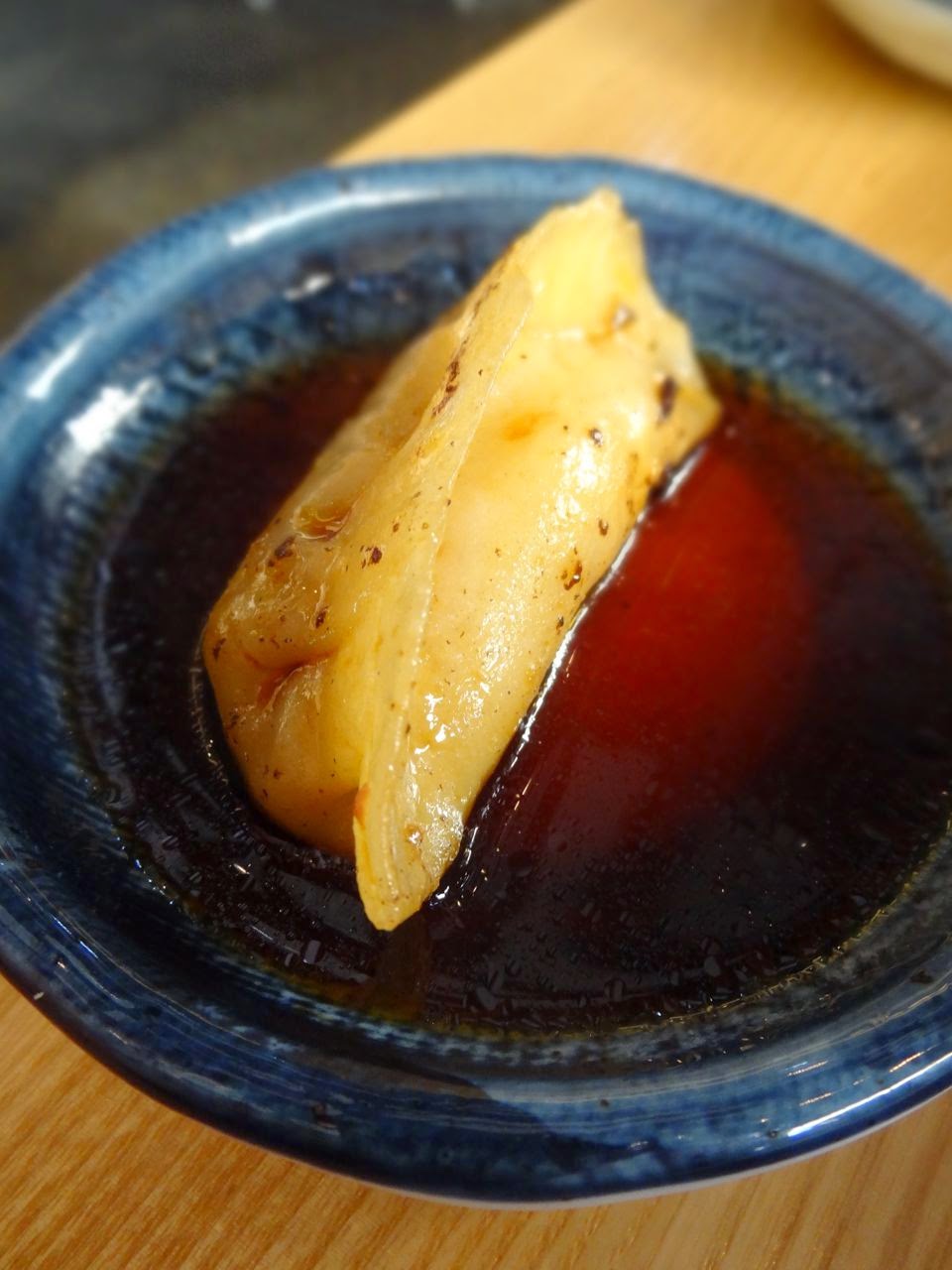Ramen is more than noodles and soup — it's Japanese soul food. At this narrow restaurant on Queen West near the MuchMusic studios, they make their noodles in-house daily on an imported $40,000 ramen machine from Japan, and while many ramen shops emphasize the milky, creamy pork broth known as tonkotsu, Touhenboku uses only chicken broth. Two types are available: a clear, light broth known as chintan, where whole chickens are simmered for 4-5 hours, and a collagen-heavy broth known as paitan, where the chicken bones are mashed up and simmered until the broth becomes viscous. The menu is straightforward and offers four types of broth: garlic, chili, original and light, with your choice of lean pork, fatty pork or chicken; shio sea salt or shoyu soy flavouring; thin or thick noodles; and each soup is topped with wood ear mushrooms, a boiled egg, seaweed and scallions.
Touhenboku might look like any other ramen shop in Toronto, but look closer and you'll see a world of difference. Everything on the menu is homemade everyday and made with all natural ingredients, including their delicate and delicious Gyoza. Even the chopsticks, ramen spoons and porcelain bowls, which are meant to keep the ramen hot for longer — and they do — are all imported from Japan, much like the restaurant's noodle master, Keiichi Machida, who makes his noodles with a special high-protein flour for optimum elasticity. Touhenboku also has a Noodle Society, with an exclusive loyalty program for those who love authentic Japanese ramen — and really who doesn't?
The Ramen at Touhenboku is made in-house and served with a smile
The menu features four styles of ramen that can be customized with seasoning and toppings
Asahi Premium Black Lager is rich and smooth
Five plump freshly made fried Gyoza pork dumplings with seasoned dipping sauce
Original Touhenboku Ramen in a rich, creamy chicken broth flavoured with shio sea salt or sho-yu soya, and served with chashu seaweed, a boiled egg, kikurage mushrooms and green onion
Yakitori Donburi, grilled chicken with teriyaki sauce served on a bed of steaming hot rice
Garlicky Touhenboku Ramen with Ma-Yu, a special sesame blended garlic oil that adds a sweet and sour dimension to the broth, served with chashu, seaweed, a boiled egg, kikurage mushrooms and green onion
Those who eat over 100 bowls of ramen through Touhenboku's Noodle Society,
receive a laser cut wooden loyalty card for discounts on more ramen!
















































